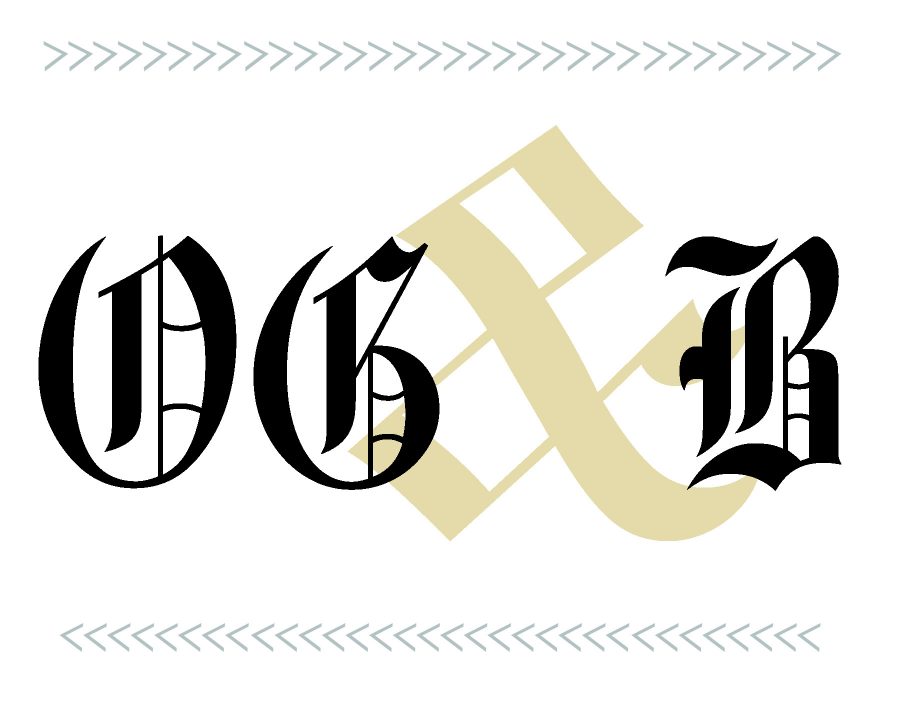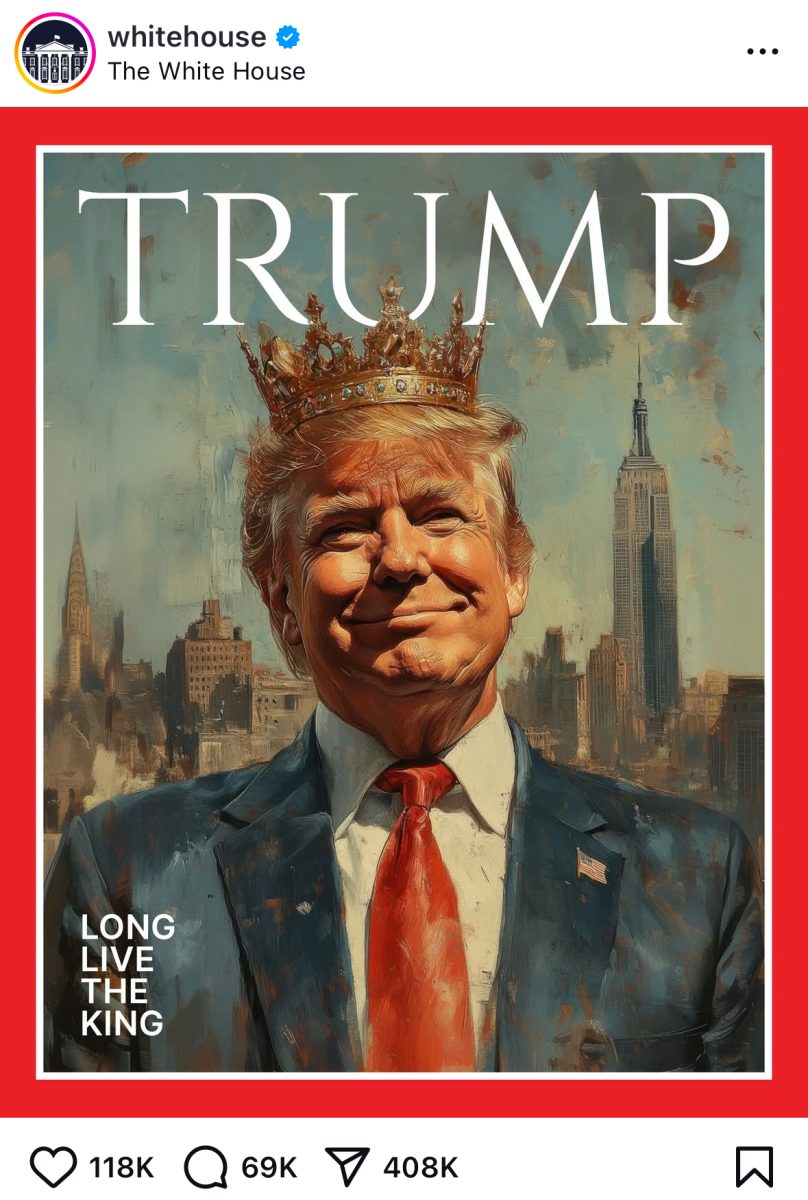If you’ve recently read the opinion section of the Old Gold & Black, you would have notice that a few of the previous columns have been love letters, so to say.
There was David Ajamy’s ode to his former roommate, co-editor and friend, Henry Bonilla. There was Amanda Wilcox and my lustful appreciation of Kyle Ferrer’s writing. There was also a side-by-side in which Amanda and I wrote columns about our friendship.
So, opinion readers, I’m here to give you one more love letter to the thing that has been at the root of this all: love letters.
Many people would agree that love letters are a lost art, a thing of the past, now replaced by those 2 a.m. “u up?” texts.
Even going back to basics, letter-writing of any kind is somewhat of a lost art in this modern, socio-technological world. Where have all these letters gone? Are they lost in the mail? Is the US Postal Service really not as efficient as personal carrier pigeons? It seems to me that people still receive a lot of mail — but most of it consists of scams, bills and coupon booklets for the local grocery store.
While returning to a time with carrier pigeons would be too far, we need to turn back to a time when letters were common. In the transition to high-tech communication, we have not only lost the ability to physically write, but with it, we have lost the ability to communicate our feelings.
That’s why we need love letters. I vote we should go back to Shakespearian confessions of emotion, especially when it comes to love and affection. I want someone to compare me to a summer’s day, because I am more lovely and more temperate.
If a person could take more than the average 30 seconds it takes to compose a text message and actually think through their emotions and how to express them, imagine how beautiful those words could be. And imagine how even more beautiful those words could be if that person used a thesaurus.
To fully appreciate love letters, they have to be hand-written. Handwriting is unique to an individual — it reveals their personality. Handwriting differs based on emotion, too. There is something undeniably special in the physical intimacy of opening a letter and knowing that you are touching the same paper that the author’s hand smudged and glided over as they wrote.
Love letters don’t have to come with a lot of fanfare. They don’t have to be pages long, on official stationery or written in calligraphy. And the delivery of love letters doesn’t have to signal the release of a thousand doves or even be by the hand of the postman. The people who we socialize with on a daily basis, and thus those to whom we would be most likely to write love letters, are often those closest in proximity and priority to us. We can’t rely on the excuse that we don’t want to pay 50 cents for the postage; we could always just hand-deliver the letter, which would make it that much more meaningful.
The best thing about love letters is their versatility and ability to express affection. They can be as simple as the notes parents leave in their kid’s lunchboxes, wishing them a good day at school, the post-its my roommate leaves me when she’s gone to bed before I return from the library, or the something-extra someone wrote in a birthday or holiday card.
Love letters should not continue to be lost to the modern generation. There is no excuse for not showing our loved ones genuine expression of emotion through the magic of pen and paper.
















